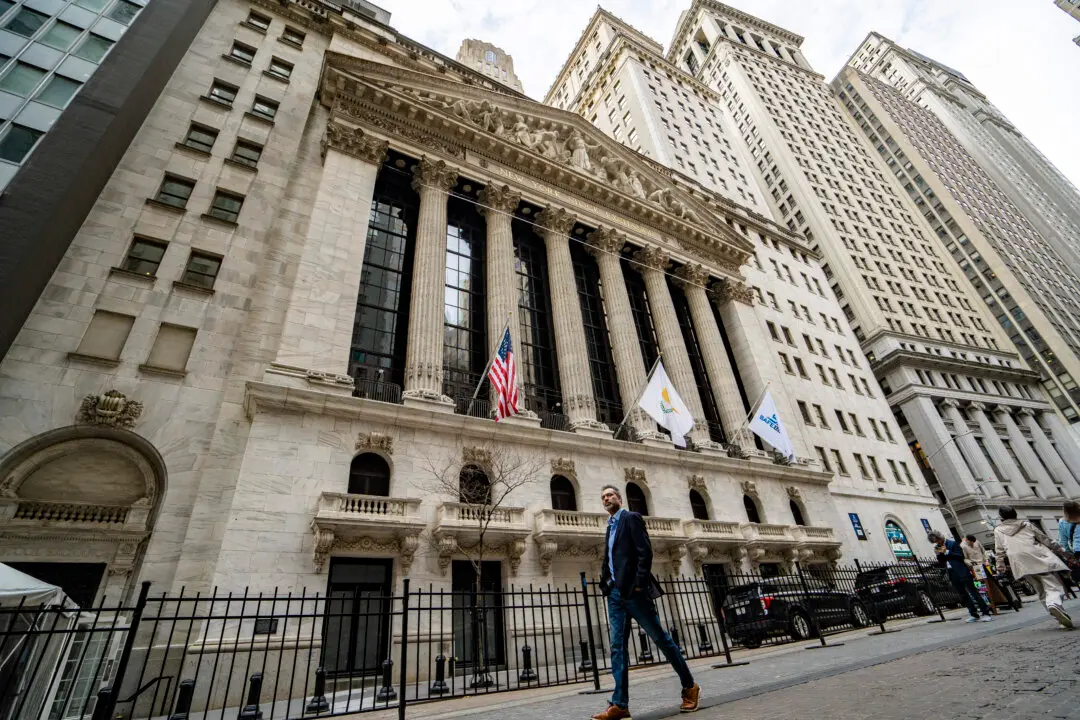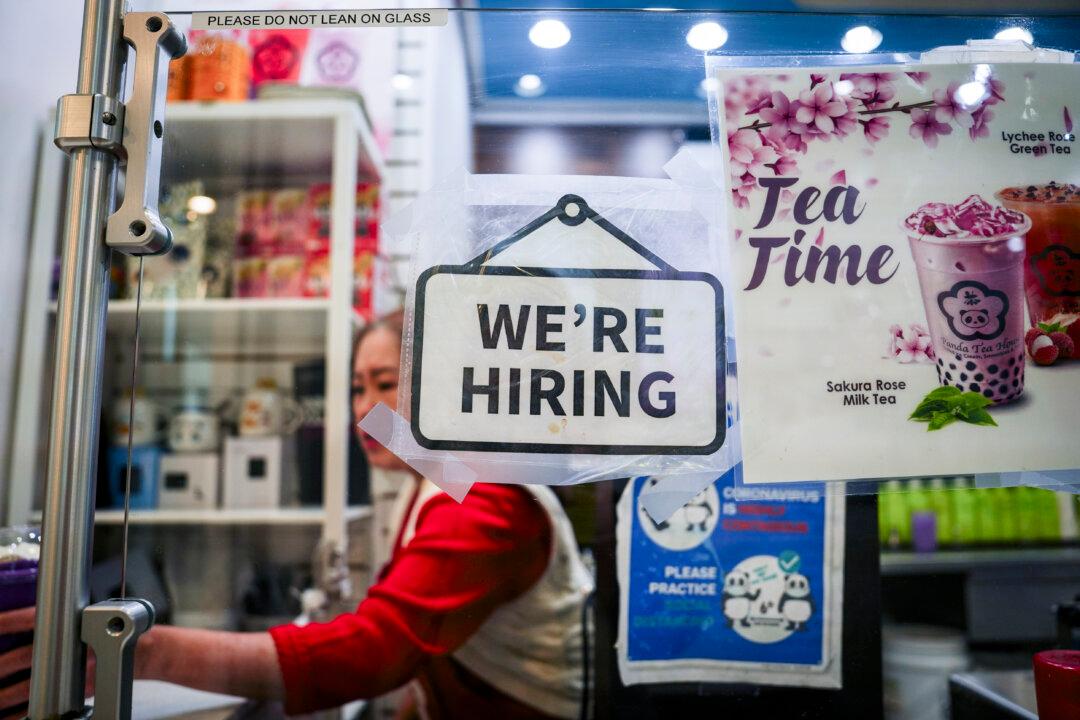New data suggest a credit crunch may be forming in the U.S. economy one month after Silicon Valley Bank and Signature Bank failed. The percentage of households reporting difficulty obtaining credit climbed to a record high, a New York Federal Reserve survey found.
The outlook for credit access deteriorated in March, as 58.2 percent of households expect it to be much–or somewhat–harder to obtain than a year ago, up from 55.7 percent in February, according to the regional central bank’s Survey of Consumer Expectations (SCE). This is the highest reading since the series started in June 2013.





